

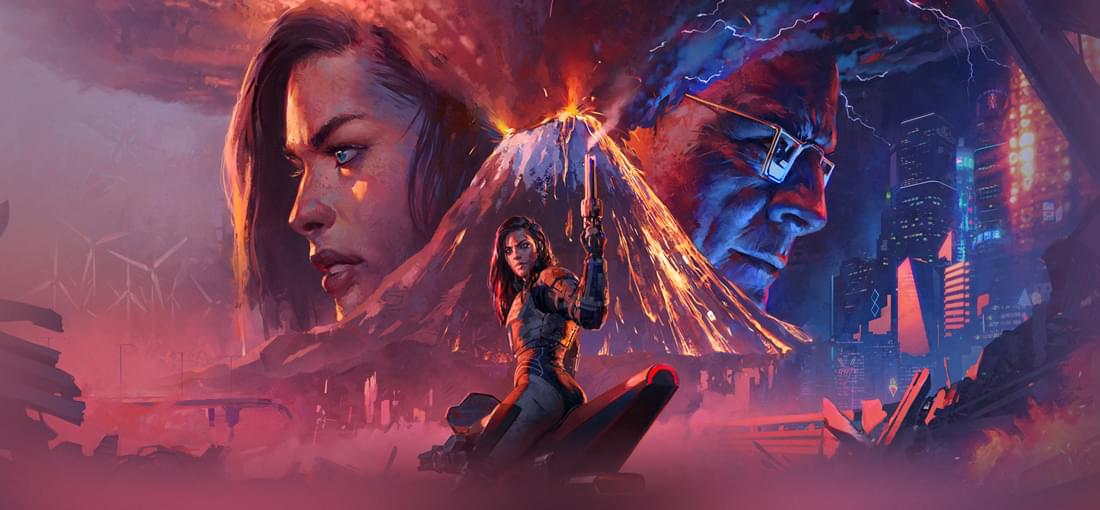
The Aftershock expansion brings to the table new weapons and powerups, a hoverbike with an overpowered gun, a new campaign, and a new version of the base game campaign that incorporates those novelties (and whose levels are mirrored for some reason). The new campaign is both shorter and at least somewhat more eventful than the main one (which wasn’t that high a bar to begin with, and didn’t get raised all that much), but still, it manages to strike a nice balance in that regard. The new weapons do add variety, but they are somewhat extra, and probably contribute to the new campaign being easier. The levels are more varied and often include multiple instances of clever backtracking options. Props to the level designers, they did a great job. And once again, the quality of gameplay here smooths over many of the game’s rough edges. The humor helps too (oh, boy, the posters). Still. It should have been the base game with the duration and story of this DLC. Then it would’ve been perfect. As it stands, it’s a solid, above-average addition.
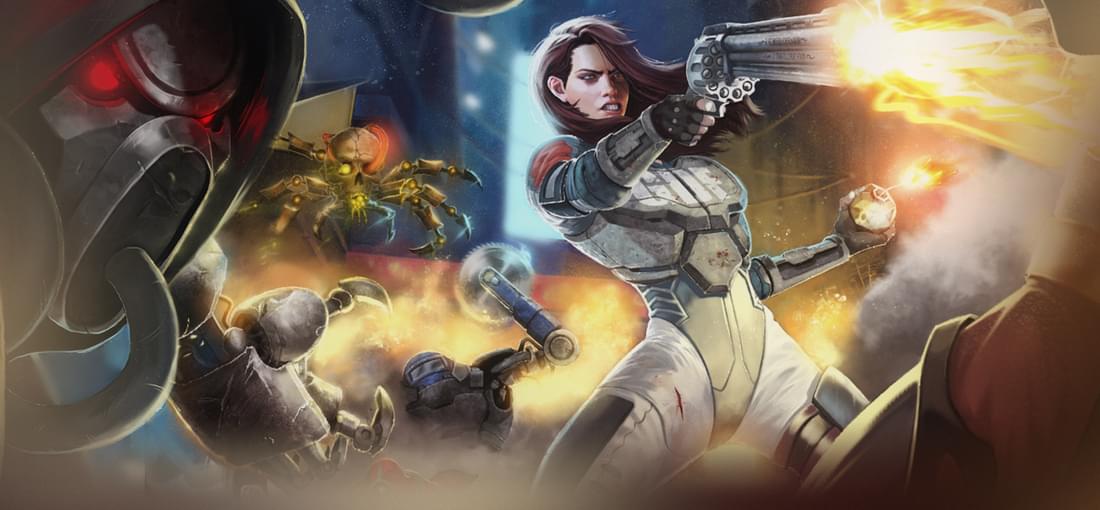
For better AND worse, Ion Fury is an old-school shooter. Its levels are very well designed, it has a diverse selection of weapons, none of which feel useless, and you heal from health pickups, not through regeneration. The gameplay itself is probably genre-perfect and the badass main heroine never fails to entertain with her snarky one-liners. Ion Fury is a prequel intended to be the starting point of the Bombshell series, and having started it in the chronological order I feel I barely learned anything - the whole plot is the short readme text from the main menu and something the villain tells during the final battle. You can vaguely divine what he is up to from the environmental storytelling, which does little to justify the length of the game. Don’t get me wrong – I’ve loved playing Ion Fury (the gameplay's too solid not to enjoy it), but I feel like it should’ve either been shorter or had more story. This game keeps track of the number of secrets you find and enemies you kill, and is absolutely impossible to onehundredpercent without a guide. It pulls ALMOST every dirty trick in the book on you - from fake walls and having to interact with or blow up objects you can’t possibly know you’re meant to to find secrets to missing enemies that won’t even show up on the radar because you have to be in a specific place for them to spawn. I guess its redeeming grace is that you are never permanently locked out of a secret within a level and can almost always backtrack even several levels back within an episode. Still, going for 100% is a chore here. The game weirdly doesn’t let you delete save files through menus. If still want to clean them up and use cloud sync you can delete them from %APPDATA%\Ion Fury\ when the configuration window where you can set the resolution is up – they won’t be downloaded back because you’ve technically already clicked “PLAY” and the initial sync already happened, and won’t be in use because the game isn’t actually running at that point.
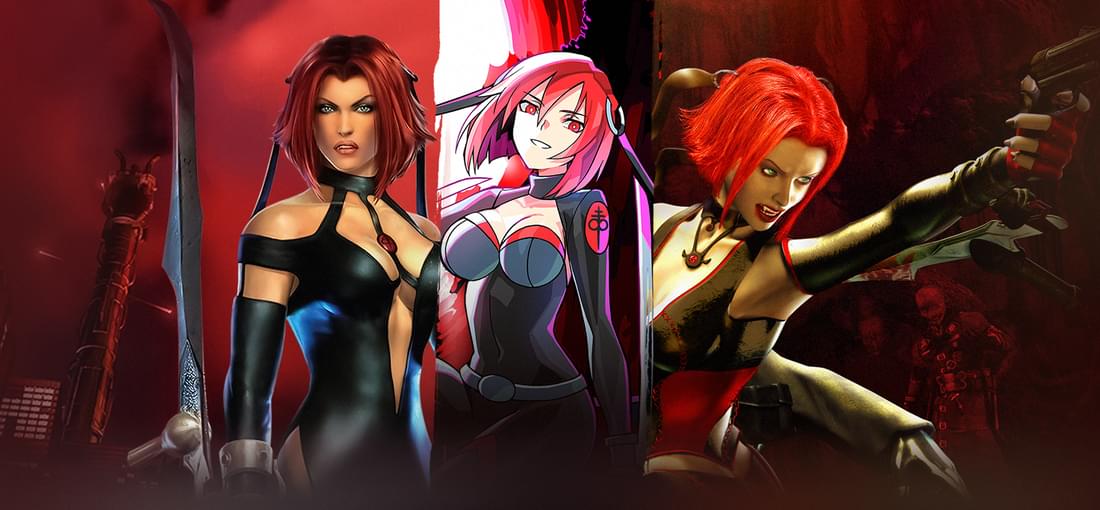
This bundle offers you the original classic versions of BloodRayne games and their “terminal cut” updates. As of today you can’t buy the classic versions on GOG separately. Buying it will add the games themselves to your library, but only the bundle itself will be tagged as“in library,” the games for some reason will still be available for purchase as if you don’t own them (honestly, what’s up with that?). The new versions offer improved graphics (nothing noticeable, IMO) and are “updated for modern systems”, which probably refers to the ability to launch the games on higher resolutions (which you could always do in both games by tweaking rayne.ini). This is, however, a double-edged sword, because as far as I can gather from other reviews, people have trouble running the updated versions on Windows 7 (I myself am on Windows 10). Good thing we still get the classic versions. The updated versions of the original two games also add achievements. While there are a couple of them that require you to do specific things to get, most are acquired naturally, by playing the games. They’re not grindy is what I’m saying. Those are the original 2 games, the 2D one from WayForward is another story. Its updated “Fresh Bites” version got more tangible improvements (voice acting and an unexplained new difficulty that’s supposed to be easier), and it has a couple of achievements that will take you a couple of days of grinding. The original version had them too.
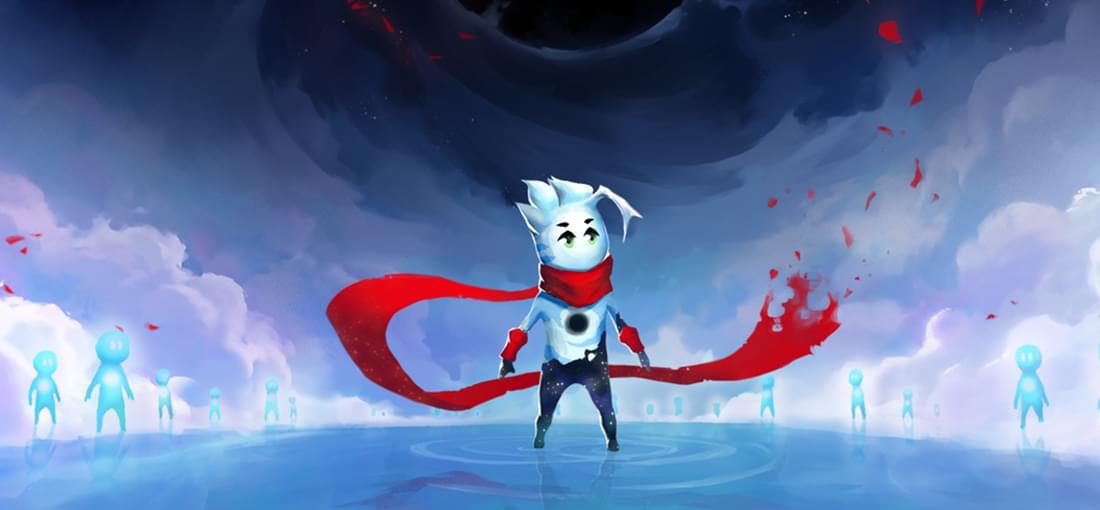
Scarf is a puzzle platformer with no health, lives, or even enemies - it’s pure exploration, storytelling, puzzle solving, and collectibles. Most locations in Scarf would probably make good wallpapers - they’re very picturesque, and the game is visually pleasing the whole. The puzzles are your run of the mill platforming puzzles, none of which had me bashing my head against the wall - they’re all solvable. I had difficulties locating a couple of collectibles, but it’s possible to find them all without outside help. The story is not overly complex, it’s beautiful, wholesome, and smart. Narrative wise you seem to be intended to get the bad ending first, but chances are you won’t, as it requires playing the game in a specific way. I’d love to be able to say that otherwise Scarf is an absolute masterpiece, but.. it’s bugged (as of version 1.1). Under certain conditions (like re-entering a level to search for collectibles you missed earlier or when entering level 3 without having opened the pyramid) your collectibles will be discarded, preventing you from obtaining the corresponding achievements. To keep your collectibles, you seem to need to beat the game without missing a single item (it’s the impression I got, I’m not 100% sure, I couldn’t find any information about this bug), which ruins the whole looking for collectibles experience. It’s a real bummer, but with a little tweaking and technical polish this could be a perfect puzzle platformer.
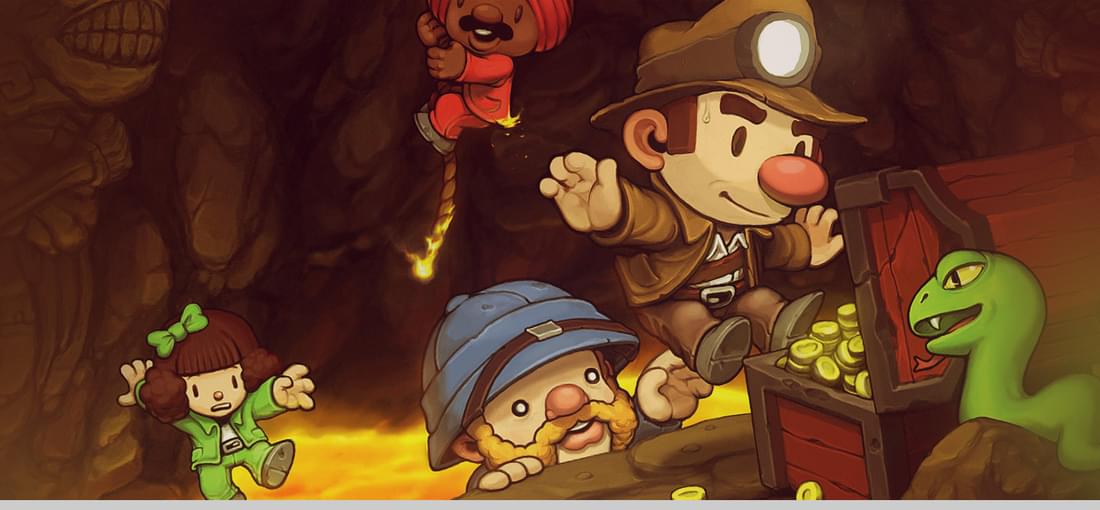
Spelunky is a game where you explore 4 variously-themed sets of randomly-generated levels (and a number of secret ones). In a lot of ways Spelunky is a traditional platformer, one spiced up with a multitude of intricate mechanics: for example, there are a lot of items with interesting and diverse functionality that can make your life easier. Most of the time you can buy those items from shops, or, on a rare occasion, you can just find them lying around. You can save damsels to restore health, or you can sacrifice them on an altar to get an item and then a much more efficient way to restore health. Progress through the levels, defeat bosses, and escape with as much treasure as you can. Even though all this seems to be the makings of a great game, it comes off as too difficult for its own good. While the controls and platforming elements are perfect, the enemy hitboxes can be wonky at times; getting stunned is most likely a death sentence because of both how long a stun in Spelunky lasts and the fact that you are often simultaneously hurled away to a certain doom. A number of threats kill you instantly, even if you’ve managed to amass a decent amount of healthpoints. The worst part of this game, however, is its soft time limit. At 2 minutes 30 seconds into a level the ghost comes to get you. The ghost is a relentless insta-killing pursuer that is supposed to always keep you on your toes. Spelunky isn’t impossible to complete (and by “complete” I mean unlock every journal entry and beat all the bosses, which took me well over two hundred hours), and I would even say it’s worth it, but I sort of didn’t play the intended way in that I prevented the timed ghost appearance. I wouldn’t have attempted to complete this game otherwise. It’s been a mixed bag for me. Still a net positive experience, though. Know what you’re getting into with this one.
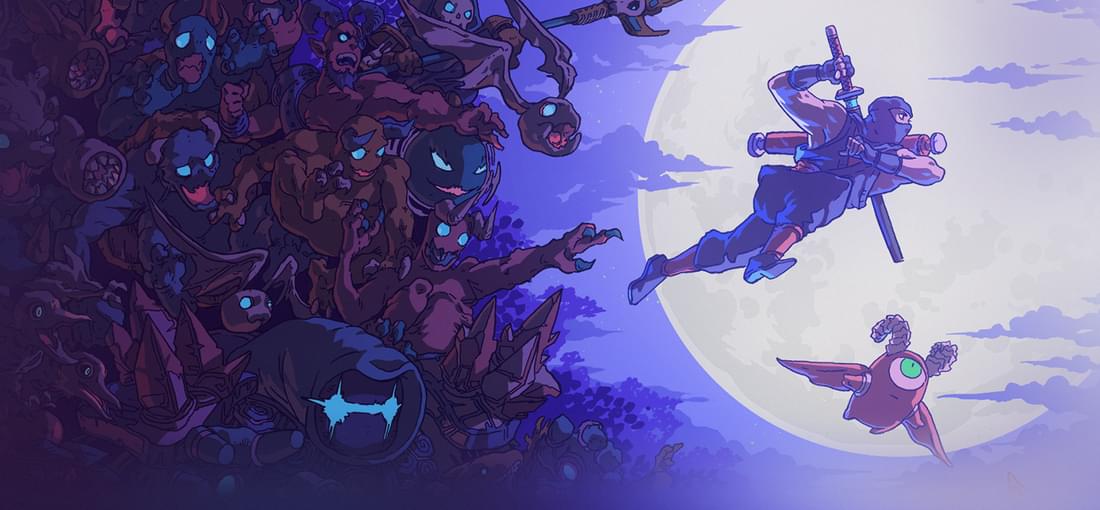
This game does a great job at capturing the magic of NES and Genesis era games. The Messenger is a classic side-scrolling 2D-platformer where you fight your way through enemies that don’t target you specifically and respawn offscreen. You get to travel through a series of variously themed levels and to fight bosses at their end, then you will unlock the ability to revisit any area virtually at will, to explore a handful of new ones, along with the ability to time travel. In that time-traveling situation the future is represented through the 16-bit mode, with the present being the 8-bit mode. During that second act you’ll be completing various objectives, mostly in the form of finding unique items. Most people, I presume, are going to like the story. It could’ve been a solid quality heroic tale all on its own, but instead it chooses to be forth wall-breaking ironically self-aware, especially in the beginning, and I've never been able to properly appreciate it. It’s far from being the worst offender in this regard and done in good taste, but it still grinds my gears a little. That’s on me, though, and, once again, the non-ironic parts are really good. Also, the well bit gets a free pass. In short, it’s a perfect retro-style platformer you have absolutely no excuse to miss.
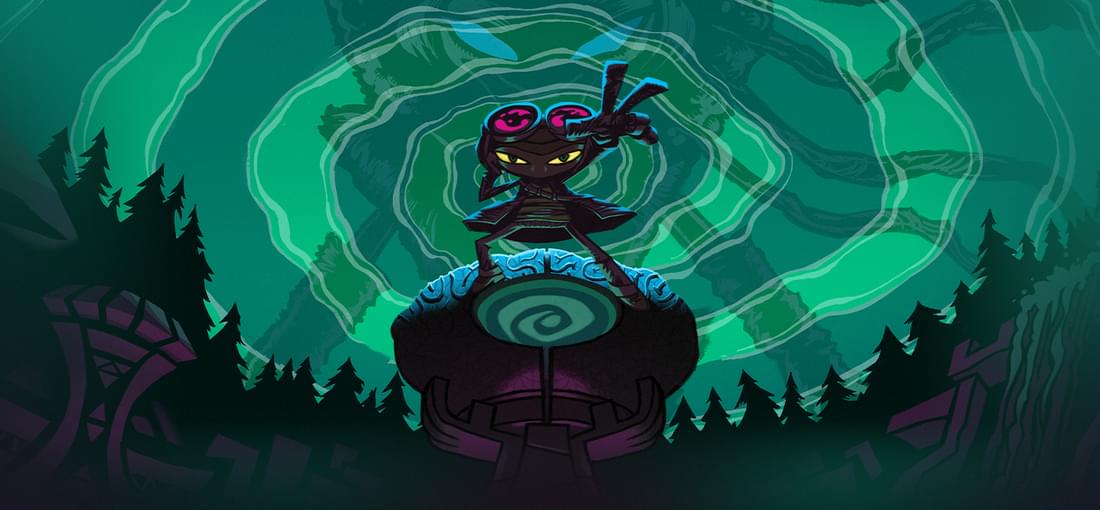
Psychonauts 2 is a sequel that takes the ideas and concepts of the original to a whole new level. Most of your abilities from the first game make it to the sequel (although they aren’t immediately available) with some new ones thrown into the mix. All of them can now be upgraded with special points you earn by increasing your rank, and are even further diversified via a new system of purchasable pins that add additional minor effects. They can be equipped (3 at a time) and swapped at any moment. Your abilities absolutely can be fully upgraded by 100%ing the game. There are other minor hit or miss type of changes – the canoe controls are now what you had expected them to be before actually using it in the first game; you will get a warning before you can’t go back to certain areas (which, by the way, will once again be accessible after you complete the main story); there’s no lives counter, and you can’t save the game manually anymore. The control scheme is a little different. You can remap it to your liking, even to mostly resemble the original game. The game runs very smoothly and must have undergone insane testing, as during my playthrough there were instances where it seemed that I was stuck in geometry, but I was always able to get out. The strongest part of the game is its plot. Set just a few days after the original, the sequel picks up somewhat bonkers rules, characters, and plot points established in the first game, and actually properly builds up and expands on those elements. The result is a surprisingly mature, personal, heartfelt yet at the same time funny and upbeat story. I once again needed a guide to find a couple of collectible items, but most of the game can be completed without it. As a matter of fact, you can now see which collectibles you found in each segment of a level! This is a proper sequel, one that has heart and soul, and is likely to become one of your core gaming memories.
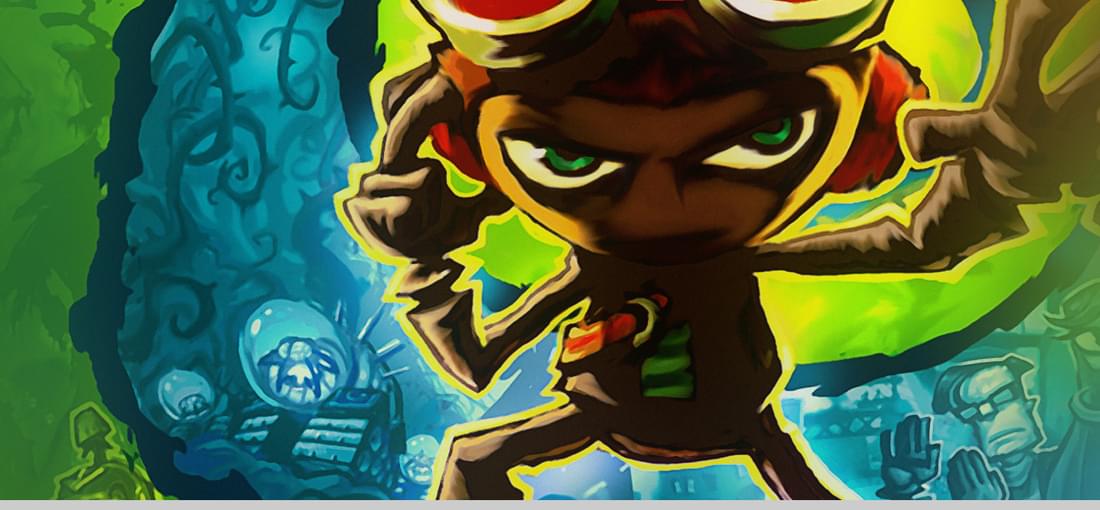
From the very main menu and until the end credits this masterpiece just keeps on giving. It’s an adventure puzzle collectathon platformer (the video game genre I’m most partial to) where the levels are people’s minds! Each of them is unique, which bleeds into gameplay taking full advantage of the premise to diversify the levels. Think Inception done right! There are boss fights, which are proper boss fights. The bosses are not just tanky punching bags – most have several phases where you have to create a specific setup to hit the boss. You know, like you’re supposed to, in a boss fight! There is a helpful manual, if you like to know what to expect and learn various extra trivia about the game world. Even though this is a PS2 port, there’s not a single technical problem to remind you of that fact. You can adjust settings, remap keys, minimize and maximize the game at any time with no issues. The controls are fluid and responsive and the default scheme is well-optimized for the mouse and keyboard. The story is more of a cartoonishly unrealistic persuasion, but if you can connect with this degree of kind-hearted silliness you’ll be rewarded with a tone-consistent blend of drama, humor, crime, action, mystery, and romance. A couple of nitpicks: there is a point of no return (after the turtle) of which the game only warns you after you’re past it. I also needed to look up a guide to understand how exactly I was supposed to use the Dowsing Rod and how to get one of the scavenger hunt items. Looking back, I should’ve figured it out myself. Overall, it’s a model video game, one of the best platformers out there.
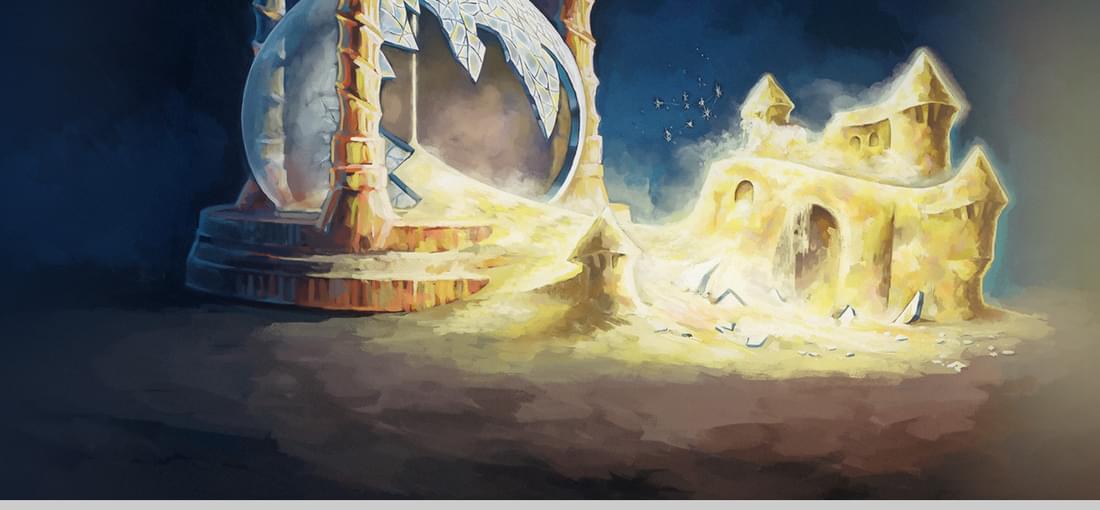
In Braid you control Tim, a love-struck young man on a quest to find his princess. Said young man has the power to rewind time (as far back as you want), which is the core mechanic of the game. You have several words, each containing a set of levels, in which you collect jigsaw pieces to assemble pictures at Tim’s home and unlock new worlds. Tim cannot ever die – death just causes the game to pause for you to rewind time. There are also a couple of boss encounters where you fight slightly different versions of the same boss. One puzzle in the first world was too difficult for me to figure out on my own, but it’s the only time I needed outside help finding jigsaw pieces, every other piece was behind a puzzle that was actually realistically solvable. There are questionable elements to Braid too: the backstory is rather vague, you’d almost think it’s intended to be a community effort to figure it out. It is told through books at the beginning of each world, which also allude to a unique gameplay twist of the given world. Despite those cryptic books, the ending is clever and does not disappoint. There is a way to alter it (the ending, that is), but to be able to do so you have to find extra-secret collectibles, which is virtually impossible to accomplish without a guide. One of them is permanently missable. From those specific angles Braid can be frustrating, but otherwise it’s a decent game.
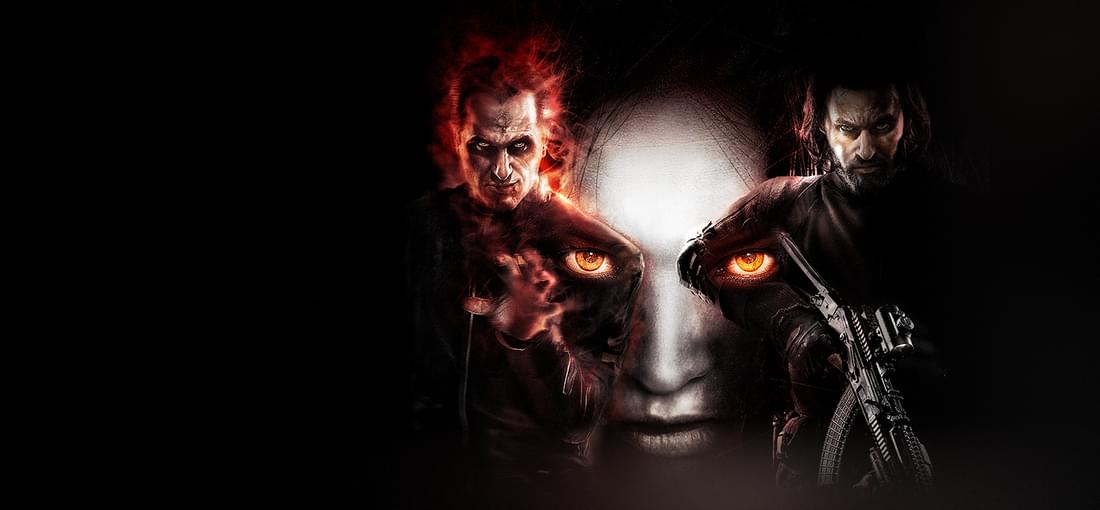
First of all, you can make use of the options.cfg file to disable motion blur and increase FOV. Let’s address the elephant in the room– being an FPS series, the third installment forgoes the first-aid kits in favor of the infamous regenerating health. Now you can shake off any damage by going a few seconds without getting shot. It’s well-balanced for what it is, but it’s a lazy design decision that makes for worse gameplay overall. On the bright side, you can now play as Fettel, who has psychic attacks and can possess enemies. F.E.A.R. 3 is a bit of an RPG in the sense that there are now “challenges” that earn you experience, so you have to do a certain amount of grinding to unlock your full potential. Fortunately, your progress will not be reset in later playthroughs. Unlock your powers, earn achievements, and finally enjoy the game when you come back to replay it in a few years - you know the drill. The selection of weapons is as optimal as ever– each gun and grenade does its own thing and there’s just the right amount of them (and, thankfully, no crafting system to overcomplicate things). The power armor units now come in regular and elite versions. The story has become much more of a family affair, which, I guess, was to be expected. There’s a prequel comic worth checking out for the beginning to make sense (not included). Sadly, the series has abandoned worldbuilding through collectible notes the two previous games had, but at least we get to enjoy cinematics (one of which finally shows a major event from the past you always wanted to see) and Fettel’s snarky commentaries. Each brother, by the way, has his own ending. F.E.A.R. 3 is one of the very few FPS’s with regenerating health that I can stomach. The story could’ve had more depth, but it wraps up all the major plot points and works as a conclusion. It’s a good place say “goodbye” without being either disappointed that the series has lost its soul in a slew of half-baked sequels, or sad that it’s over.